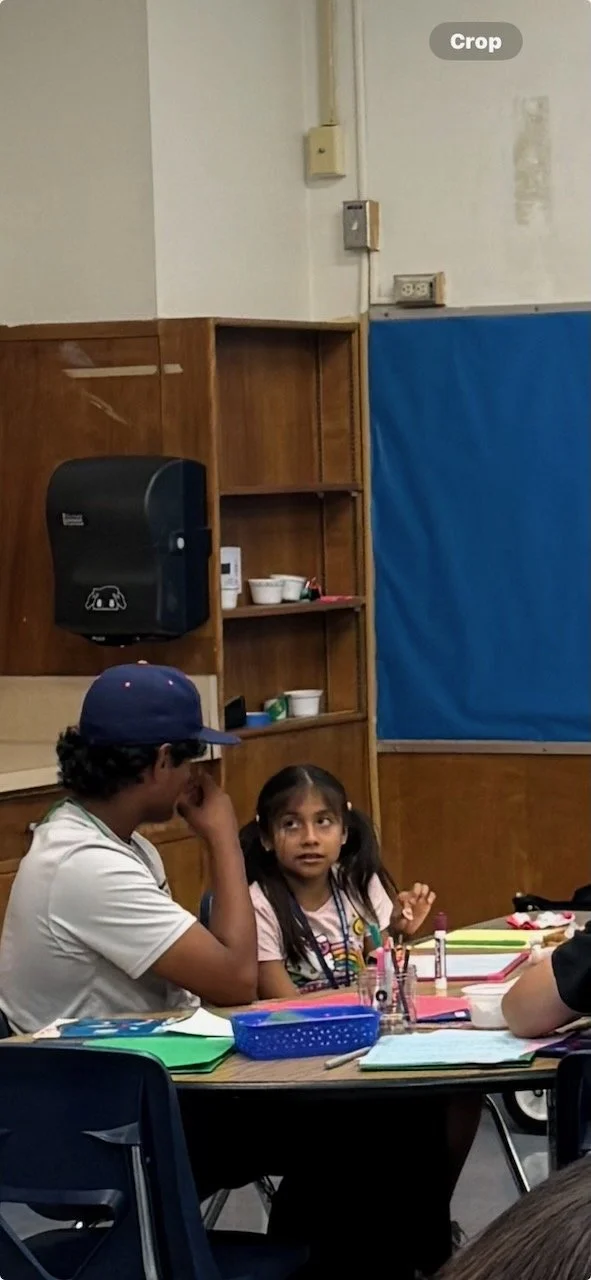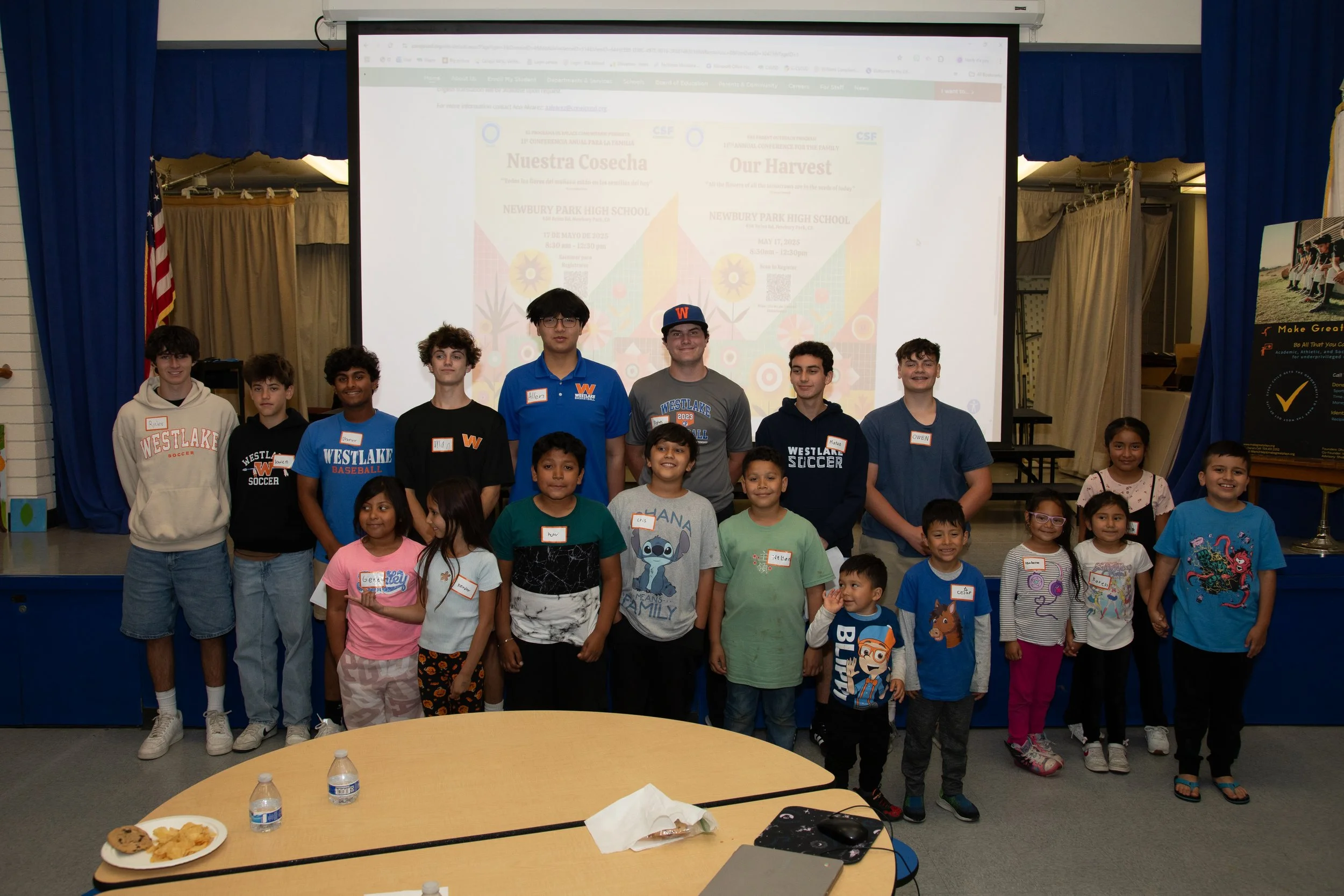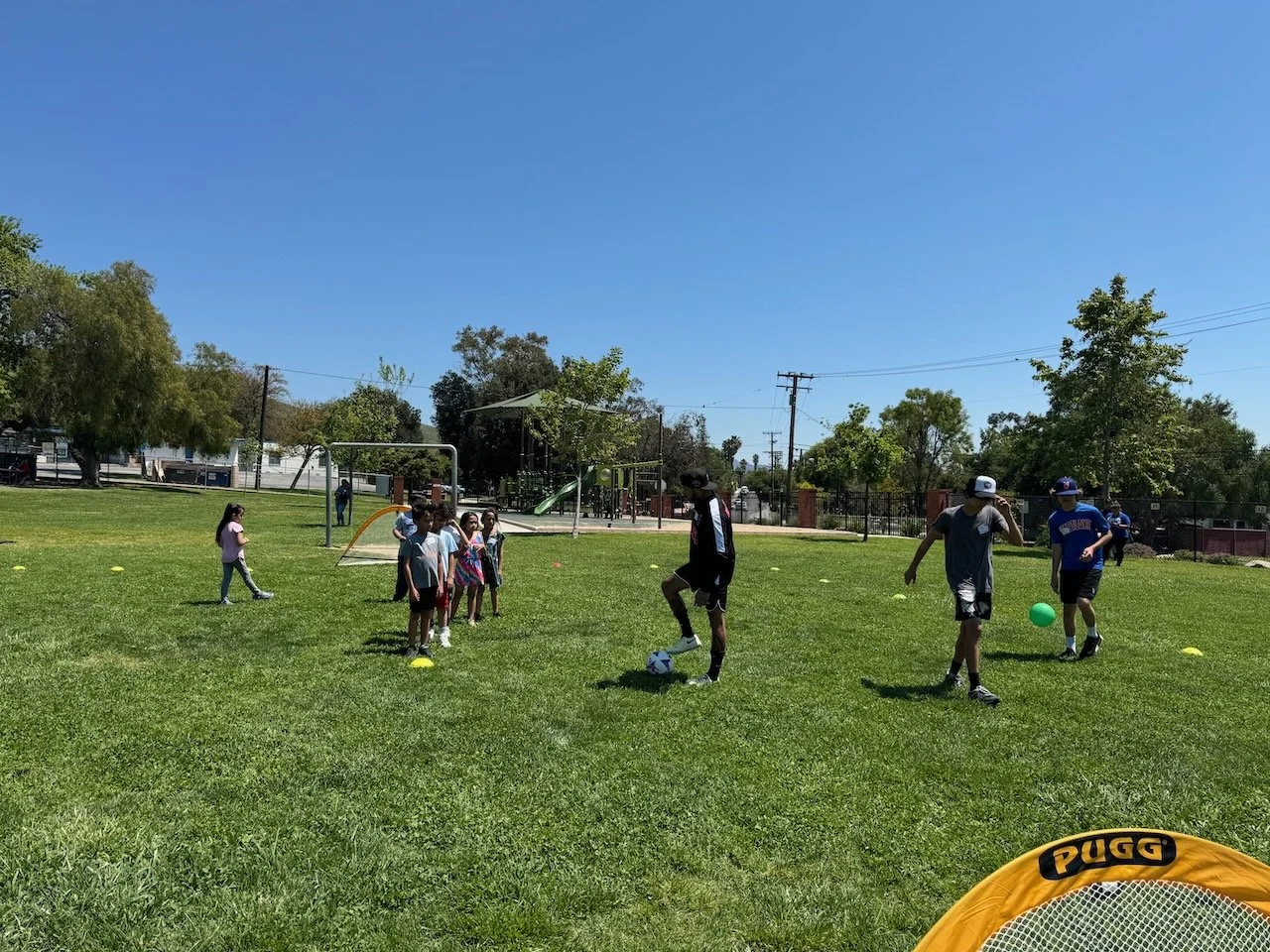
What we do
Free Tutoring
Make Great Plays is proud to partner with the Conejo Valley Unified School District (CVUSD) Outreach Program, which offers free English classes for Spanish-speaking parents every Wednesday from 6 to 7:30 PM. While parents learn and improve their English skills, our high school club, founded and led by Dhuruv Sankararaman, provides essential homework support to elementary school students. This partnership not only helps students excel academically but also fosters a stronger connection with the community. By empowering the younger generation with knowledge and support, Make Great Plays is making a tangible difference in the lives of local families.
Monthly "Inspire me" seminars to grow interest in digital careers
When young kids imagine their future careers, they often envision roles they've seen firsthand - doctors, firefighters, police officers. However, IT professionals and other careers may seem out of reach due to lack of exposure. This limited visibility can contribute to a growing gap in opportunities for certain communities. In conversations with kids about their aspirations, we were struck by the narrow range of career goals. Some even felt destined for roles like working in fast food, highlighting the need for broader exposure to career possibilities. To address this, we're partnering with Maple Elementary School to host monthly career seminars. By starting at the elementary level, we aim to inspire not just kids, but also their parents, to consider a wider range of career paths and opportunities.
Local community get-fit program
Dhuruv Sankararaman, founder of the Make Great Plays high school club, is passionate about promoting physical activity and mental well-being among young children. Beyond academics, Dhuruv's initiative aims to get kids off the couch and engaged in sports. Through various fun competitions and events, Make Great Plays inspires kids to develop a love for physical activity and teamwork. Some notable events include:
- Partnering with local Little League Baseball (Conejo Valley Little League) to teach kids fundamental skills like throwing, hitting, and running. It was rewarding to see some of the kids making it to All Stars and playing district games.
- Hosting the Turkey Tipoff basketball tournament during Thanksgiving
- Organizing the Snowman Slam football event in February
- Leading a General Fitness Day before the school year ends, showcasing activities that can be done at home without equipment
Through these efforts, Dhuruv and Make Great Plays are making a positive impact on the community, encouraging kids to stay active, and fostering a lifelong love for sports and fitness.
Annual Math 24 competition
Make Great Plays teams up with the school district for the Math 24 competition, a fun and challenging event for 4th-7th graders. Students learn to think on their feet and make math come alive. Our team mentors and educates these young mathletes every year, helping them develop a love for numbers and problem-solving.




